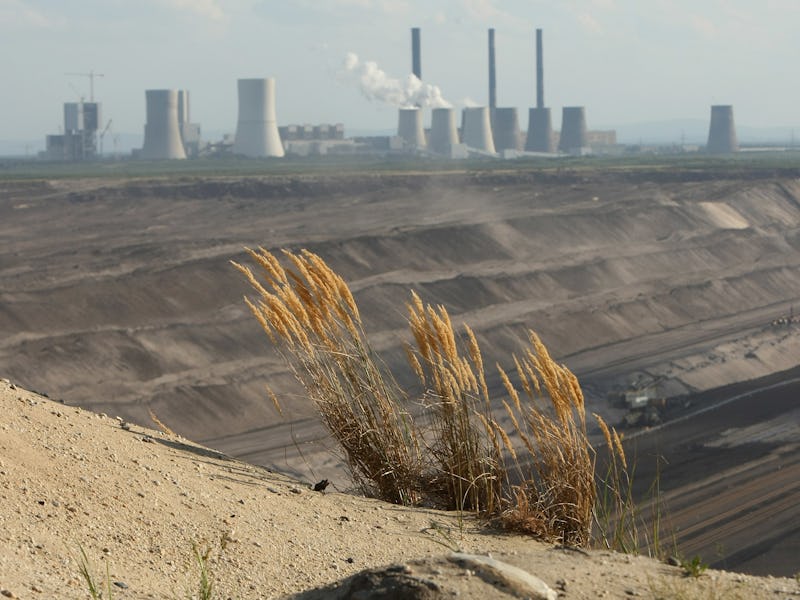Earth Just Passed the Point of No Return for Carbon Dioxide
Hello, runaway climate change.

It’s official: You will never again see a world with fewer than 400 parts per million concentrations of carbon dioxide.
The news comes out of the Mauna Loa Observatory in Hawaii, where continuous measurements of CO2 levels have been taken since 1958 — longer than anywhere else in the world.
Every year atmospheric carbon dioxide goes up and down with global seasons, although the overall trend is distinctly up. This modulating trend is known as the Keeling curve, for Charles David Keeling, who began the measurement program. It’s a symbolic but powerful benchmark for climate change, driven largely by human burning of fossil fuels.
What’s astonishing is how quickly the planet has gone from one where readings of 400 ppm or higher were unheard of, to one where they are ubiquitous. There were scattered readings of 400 in 2012 and 2013, but the first full month of 400+ readings was just last year, in March.
Now, we’ll never see readings below 400 again, at least not on any timescale relevant to your life. The lowest annual readings of the year generally occur in late September, as summer turns to fall and photosynthesis wanes.
Carbon dioxide readings below 400 parts per million are a thing of the past.
“Chances are almost nil that we’ll see measurements below 400 later this year, or any time next year, or the year after that,” writes Ralph Keeling, son of Charles David, in a blog post for the Scripps Institution of Oceanography.
“Concentrations will probably hover around 401 ppm over the next month as we sit near the annual low point,” he writes. “Brief excursions towards lower values are still possible but it already seems safe to conclude that we won’t be seeing a monthly value below 400 ppm this year — or ever again for the indefinite future.”